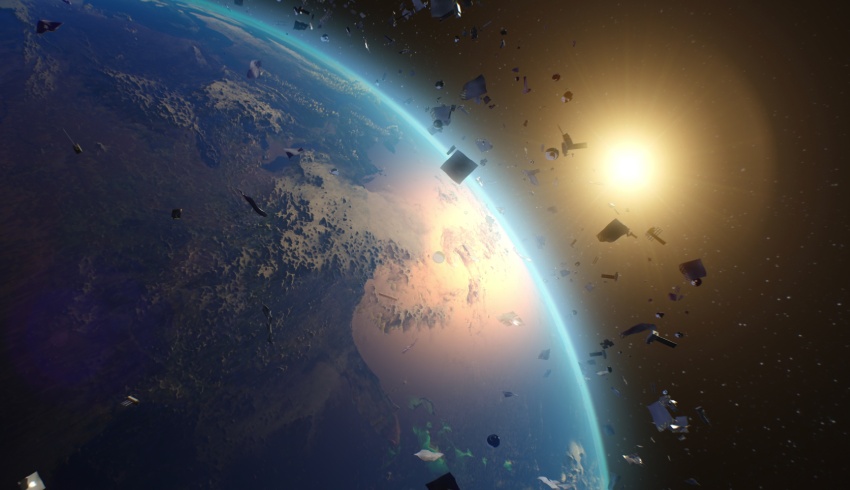
Jonathan McDowell from the Harvard-Smithsonian Center for Astrophysics in Massachusetts said it represents the first major confirmed orbital collision in a decade.
The Zenit-2 rocket, which launched a Teslina-2 electronic spy satellite in 1996 – also known as object 48078 – is now potentially the culprit.
The Yunhai 1-02 was part of a series of Chinese meteorological satellites, built by the Shanghai Academy of Spaceflight Technology.
The satellite launched in 2019, but earlier this year the U.S. Space Force's 18th Space Control Squadron (18SPCS) reported it had disintegrated into over 20 pieces of debris.
Previously, it was unknown why the Chinese satellite had broken up, speculated to either have exploded or collided with another space object.
“Space-Track catalog updated today with a note for object 48078, 1996-051Q: "Collided with satellite,” McDowell tweeted. “This is a new kind of comment entry - haven't seen such a comment for any other satellites before.
“Between 1997 and 2021, 8 debris objects were tracked from the rocket [the Zenit-2]. This one, added to the catalog in Mar 2021, has only a single element set, epoch 2021 Mar 16.”
He said that the data was most likely spotted after it collided, and that’s why there was limited information before.
“A quick analysis of the TLEs show that Yunhai 1-02 (44547) and debris object 1996-051Q (48078) passed within 1 km of each other (so within the uncertainty of the TLEs) at 0741 UTC Mar 18, exactly when 18SPCS reports Yunhai broke up.”
McDowall added that 37 green debris objects had been located from the breakup so far.
Chinese netizens originally thought this incident was caused by the United States launching a space war because, on March 10, a US satellite, the NOAA-17 from 18SPCS had also exploded in space.
It was claimed to have exploded close to the Yunhai 1-02, according to China-Arms.
Space debris remains a prevalent issue within the industry as more nations have begun claiming territory in orbit.
Since 1957, rockets, spacecraft, satellites and tools have been launched into orbit, however, once an object reaches its full term, plans for its removal are never made.
Currently, there are an estimated 900,000 pieces of space debris orbiting.
According to NASA, more than 27,000 pieces of orbital space debris are being tracked by Department of Defense’s global Space Surveillance Network (SSN) sensors.
Countries in Europe, the United States and Australia have recently committed additional funding and programs to reduce space junk.
In June, the G7 summit committed to tackling space junk in the coming years by providing a framework of guidelines to ensure the safe and sustainable use of space remains.

Isabella Richards
Bella Richards is a journalist who has written for several local newspapers, her university newspaper and a tech magazine, and completed her Bachelor of Communications (Journalism) at the University of Technology Sydney in 2020. She joined Momentum Media in 2021, and has since written breaking news stories across Space Connect, Australian Aviation and World of Aviation.
You can email Bella on: [email protected]
Receive the latest developments and updates on Australia’s space industry direct to your inbox. Subscribe today to Space Connect here.









